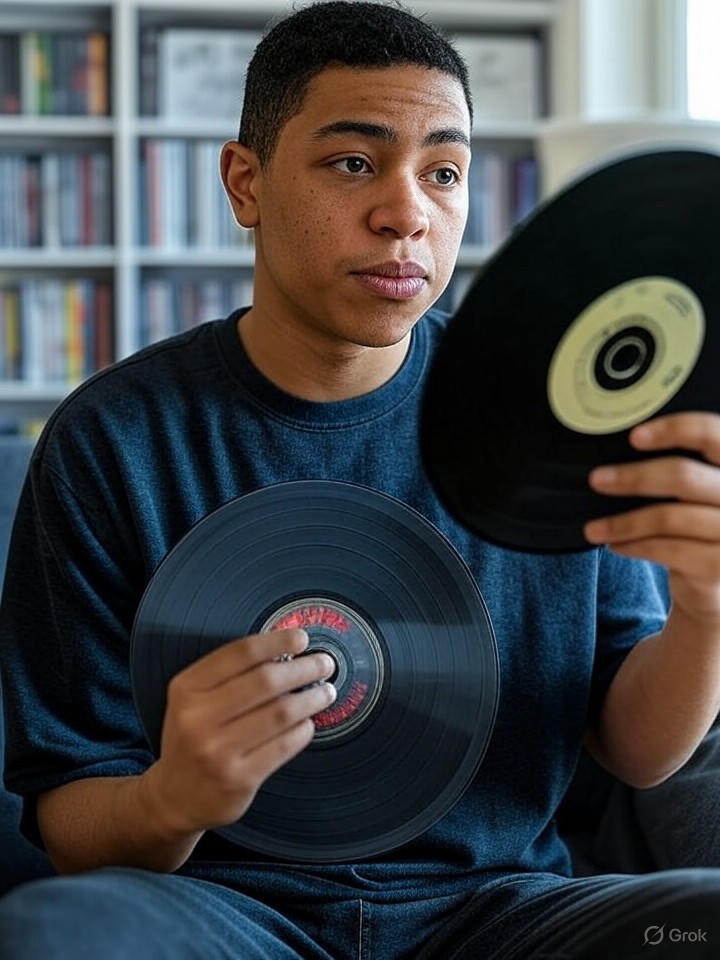In an era dominated by digital convenience, a quiet rebellion is brewing among entertainment enthusiasts. Collectors are increasingly turning back to physical media—DVDs, Blu-rays, vinyl records, and even VHS tapes—not just for nostalgia, but as a hedge against the volatility of streaming platforms. This shift, driven by frustrations with subscription fatigue and content impermanence, signals a broader reevaluation of how consumers value ownership in the digital age.
Interviews with avid collectors reveal a common thread: the unreliability of streaming services. One enthusiast described the exasperation of shows vanishing overnight due to licensing disputes, prompting a return to tangible collections that can’t be revoked by corporate decisions.
The Streaming Backlash Takes Hold
Industry data supports this anecdotal evidence. Sales of physical media have seen a modest uptick, with vinyl records alone surging 17% in the past year, according to reports from music trade groups. This resurgence isn’t merely retro chic; it’s a pragmatic response to streaming’s hidden costs, including rising subscription fees and fragmented content libraries.
For instance, as detailed in a recent feature by Rolling Stone, collectors like those profiled express exhaustion with the “streaming churn,” where beloved titles are pulled without warning. This has fueled viral social media trends, where users showcase sprawling shelves of discs and cassettes, turning personal hoards into online spectacles.
Collectors Redefine Ownership
Beyond the practicalities, there’s a cultural dimension at play. Physical media offers a sense of permanence and curation that algorithms can’t replicate. Insiders in the home entertainment sector note that boutique labels, such as Criterion Collection, are thriving by releasing restored classics in lavish editions, complete with bonus features that streaming often omits.
This trend extends to younger demographics, surprisingly. Gen Z collectors, influenced by TikTok virality, are discovering the tactile appeal of flipping through album art or inserting a disc, as opposed to endless scrolling. Rolling Stone highlights how these viral moments amplify the movement, with influencers amassing followers by unboxing rare finds, effectively marketing physical media to a digital-native audience.
Implications for Media Giants
Streaming behemoths like Netflix and Disney+ are feeling the pinch. Executives privately acknowledge that content rotation strategies, intended to keep viewers engaged, have backfired by eroding trust. In response, some platforms are experimenting with hybrid models, such as limited-edition merchandise tie-ins, but these efforts pale against the authenticity of owning a physical copy.
Moreover, the resale market for physical media is booming on platforms like eBay, where vintage items fetch premiums. This secondary economy underscores a key insight: in a subscription-based world, true ownership provides not just access, but equity—something streaming can’t offer.
Challenges and Future Prospects
Yet, this revival isn’t without hurdles. Manufacturing costs for physical formats remain high, and environmental concerns about plastic waste could dampen enthusiasm. Industry analysts predict that while streaming will dominate volume, niche physical markets will carve out sustainable growth, particularly for collectors seeking archival quality.
Looking ahead, the trend suggests a hybrid future where digital and physical coexist. As one collector told Rolling Stone, “It’s about control—over what I watch, when I watch it, forever.” For media insiders, this signals a need to rethink content distribution, balancing innovation with the enduring appeal of tangibility.




 WebProNews is an iEntry Publication
WebProNews is an iEntry Publication